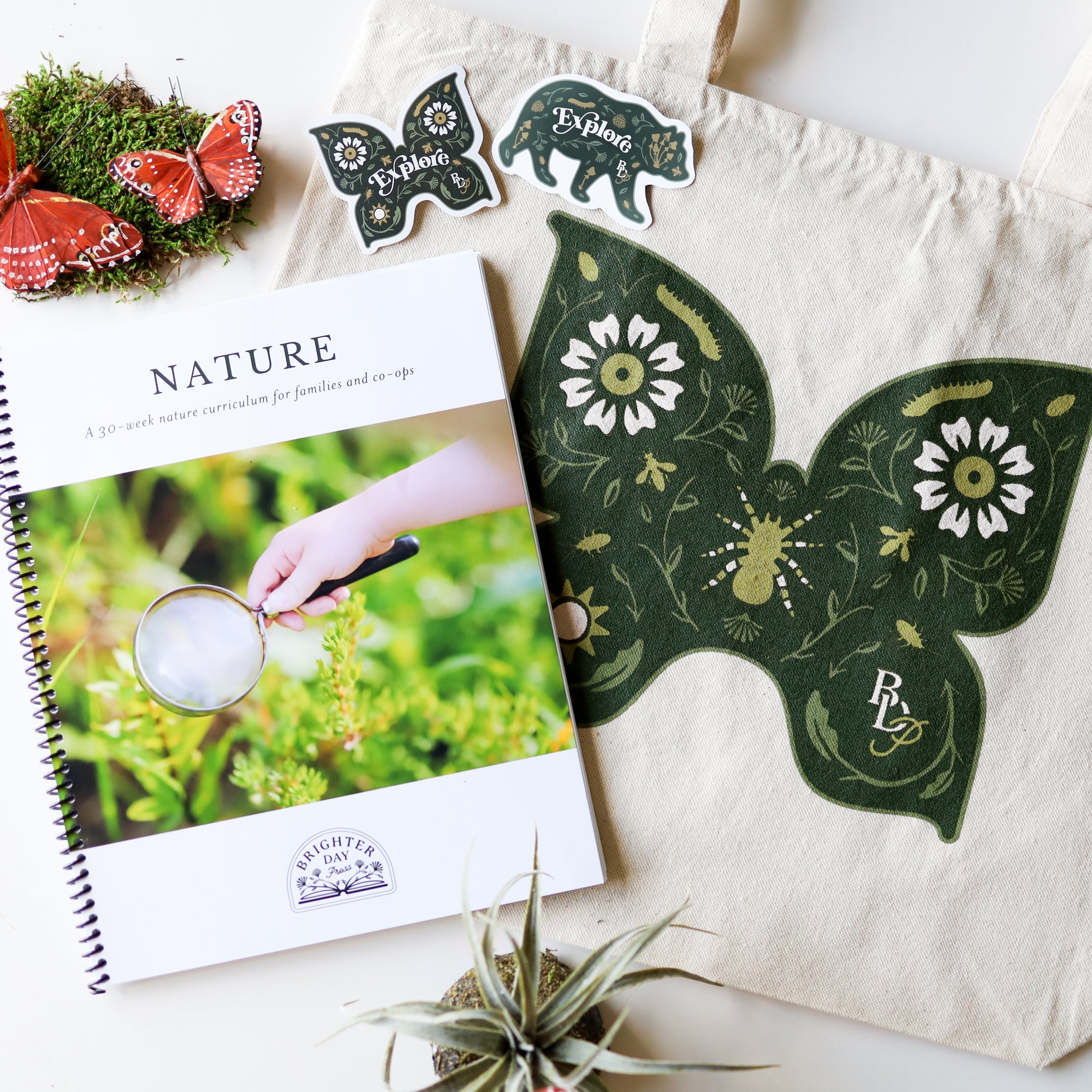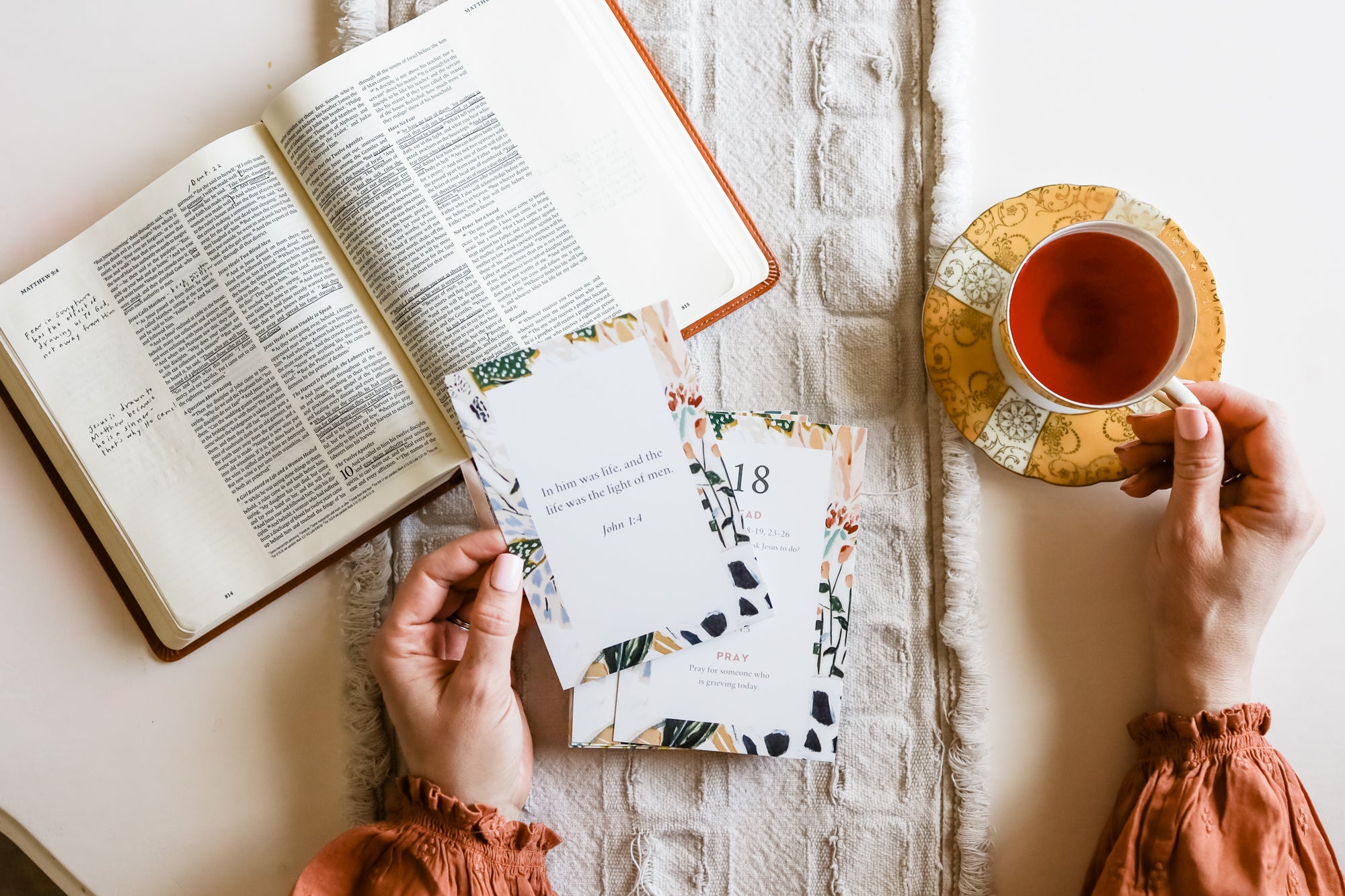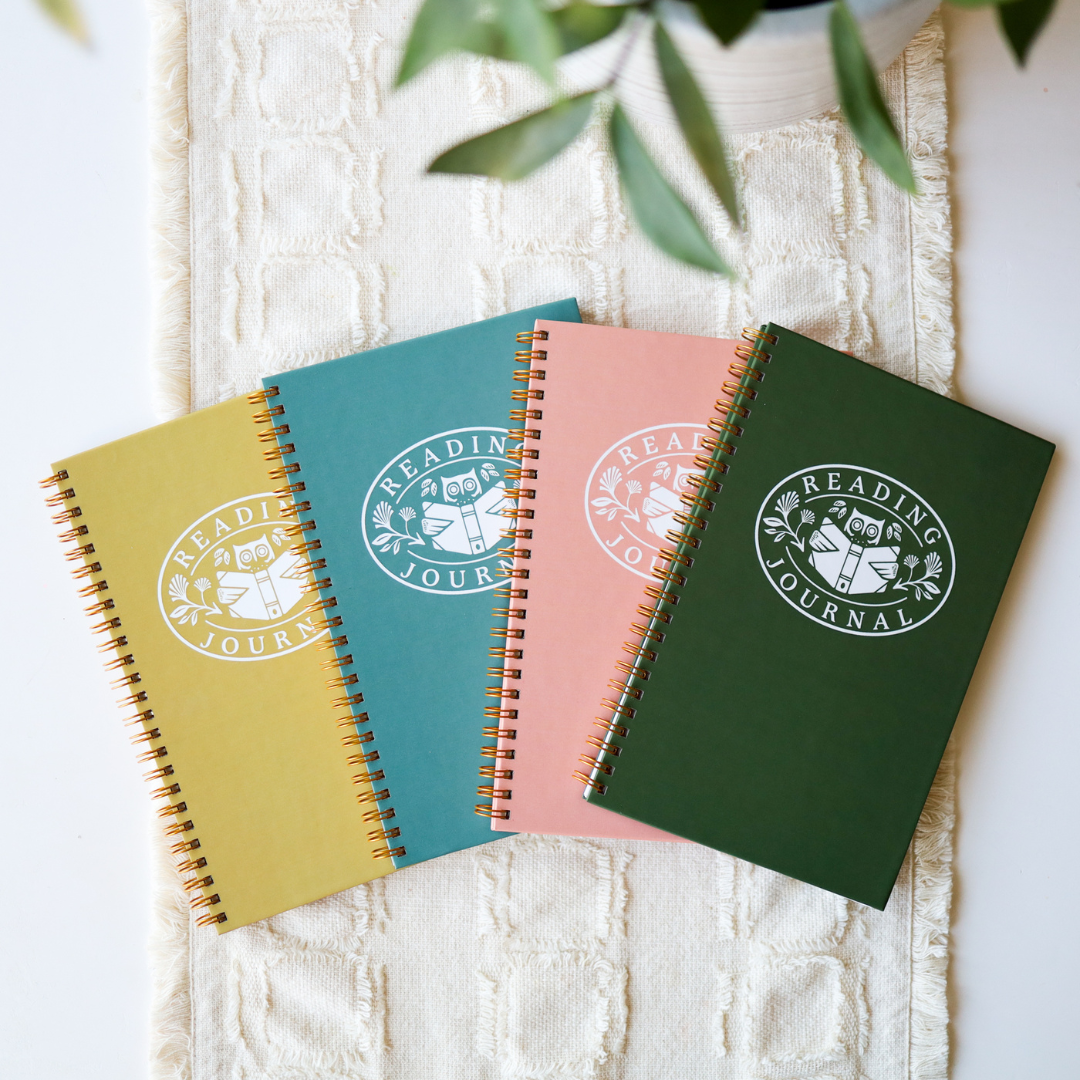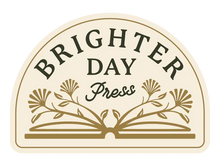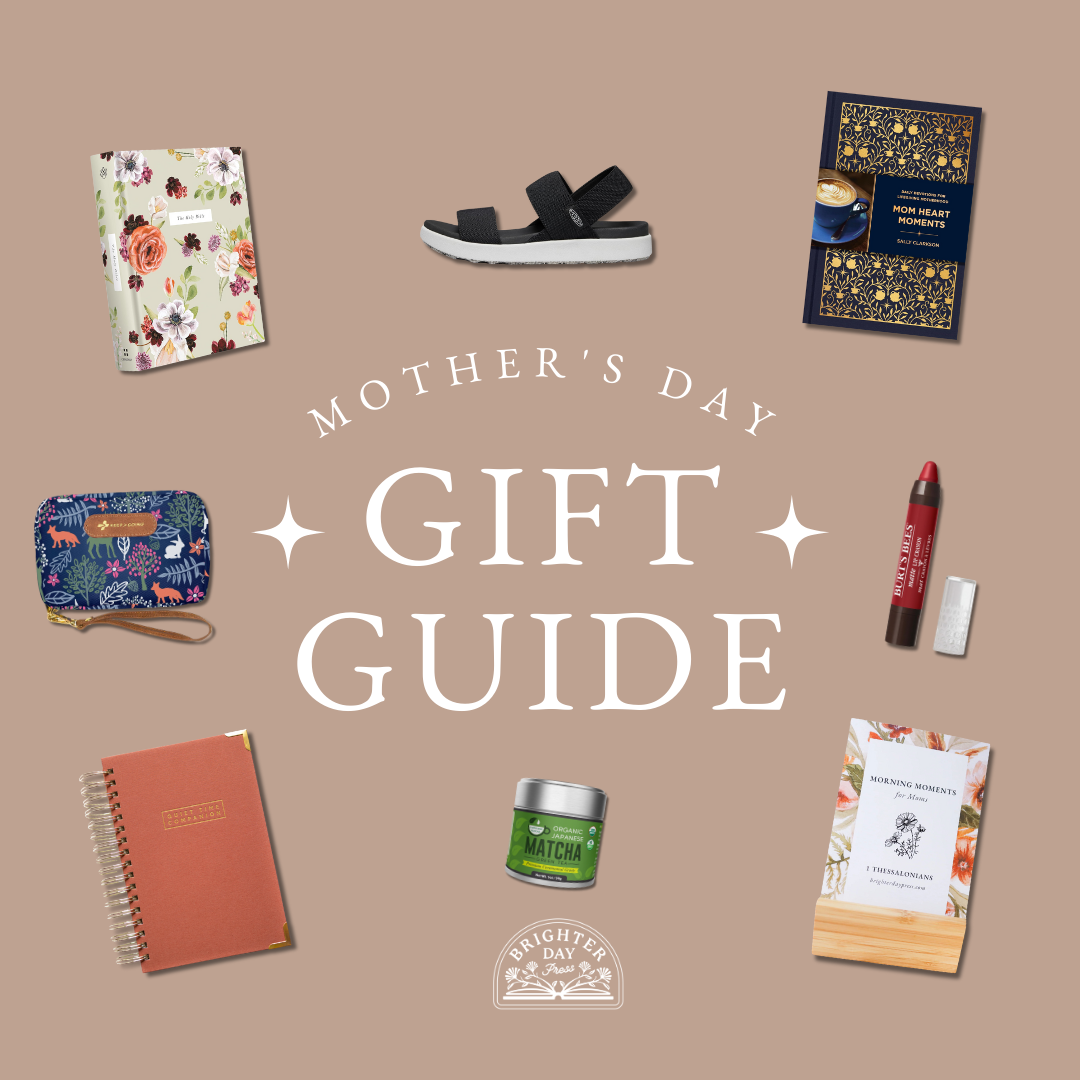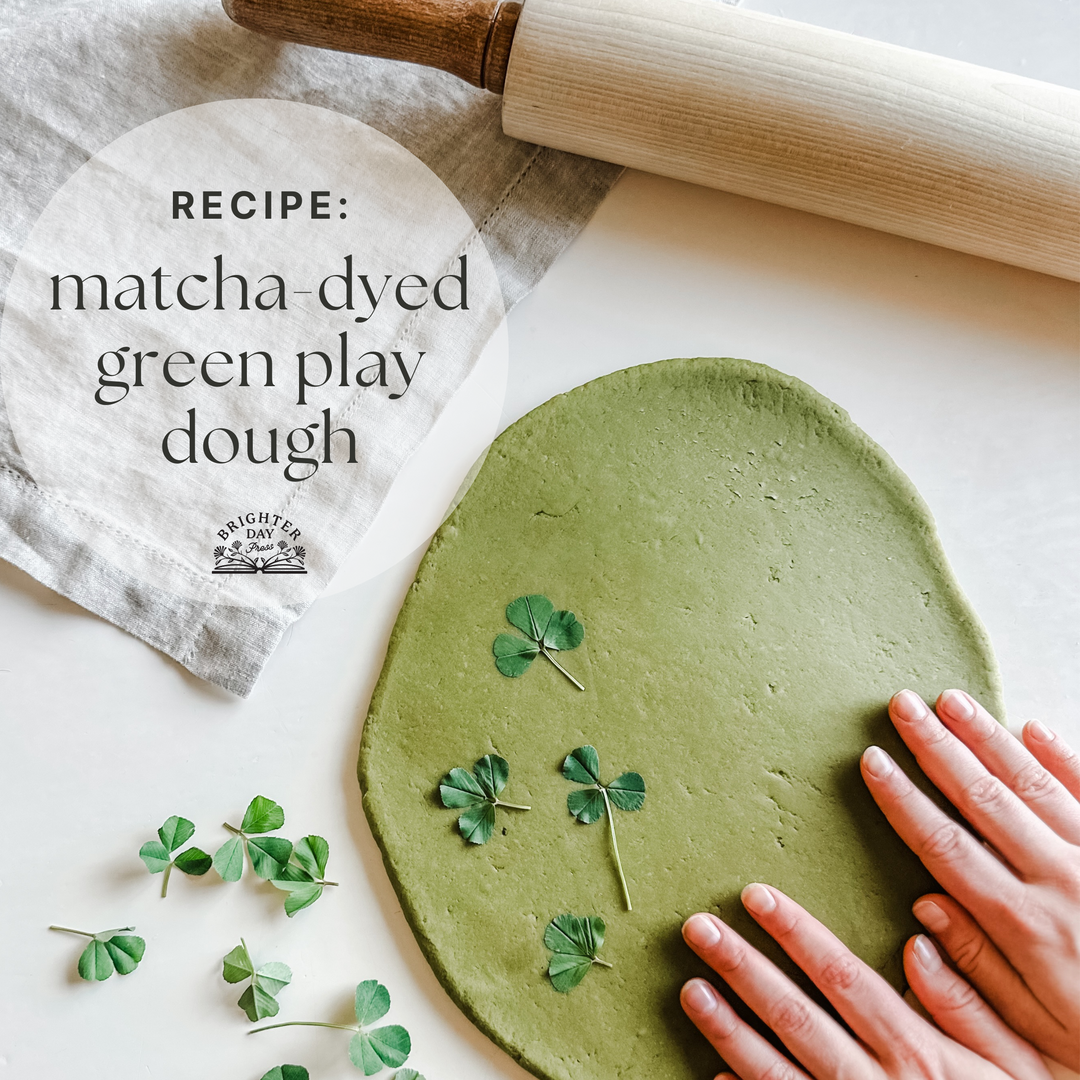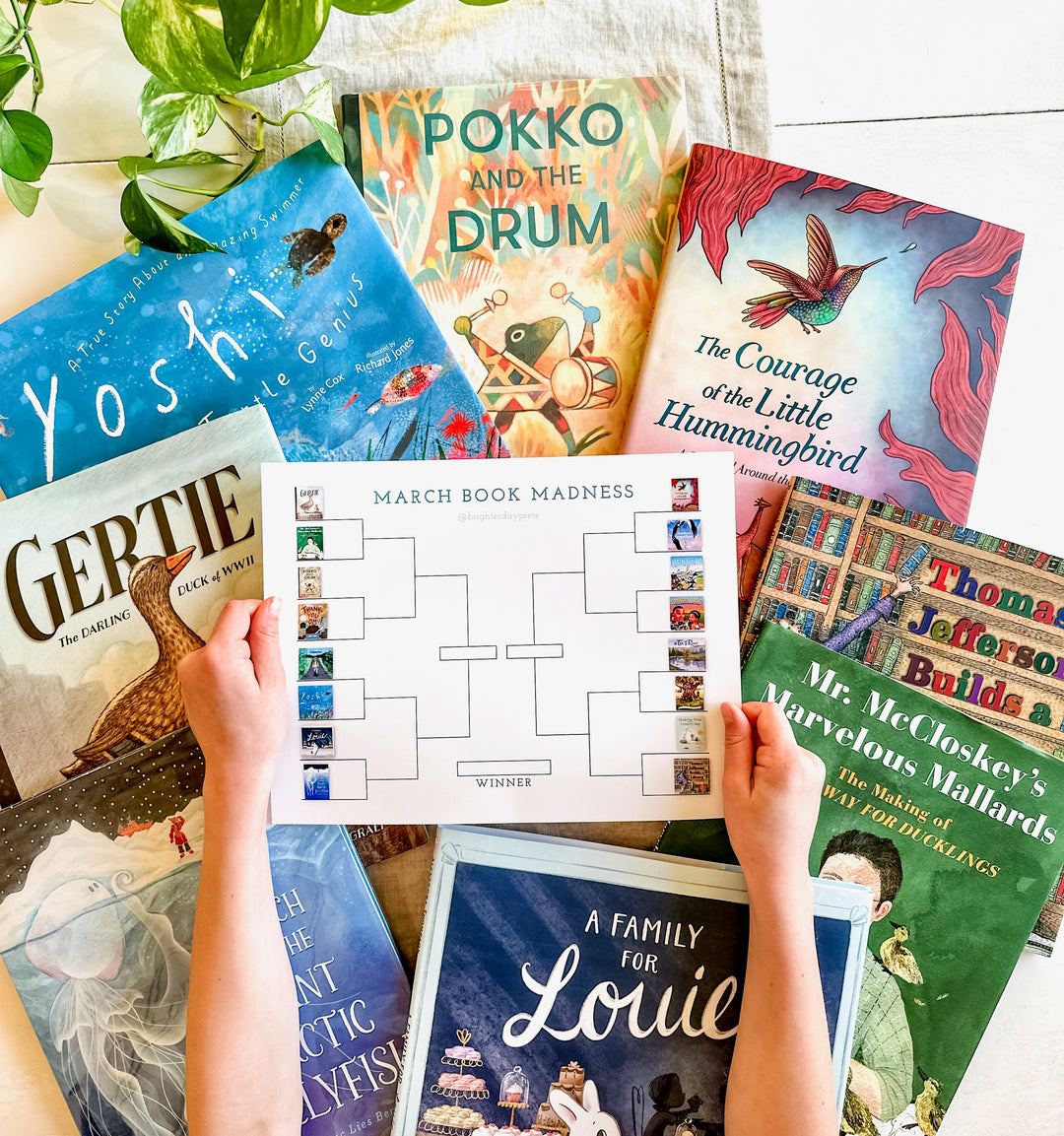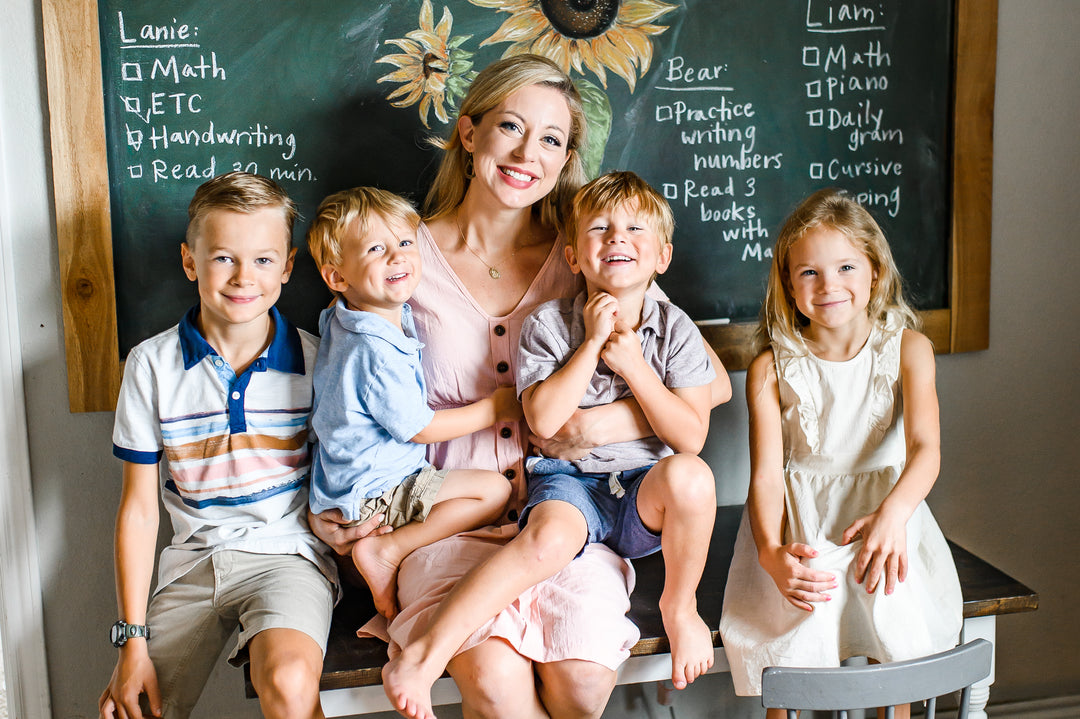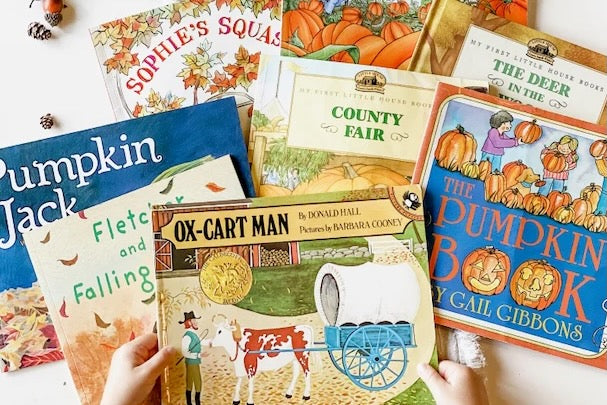What I've learned in 5 years of homeschooling


We've just finished our fifth year of homeschooling (including a year of preschool), and I wanted to document all of our curriculum choices so far as well as what I’ve learned along the way. Next week, I'll be sharing our plans for the upcoming school year. I hope this is a helpful post to reference for those who are brand new to homeschooling or just looking for inspiration.
This post contains affiliate links, and I may receive a small commission if you purchase through them (with no additional cost to you). Thank you!
Year 0: Preschool for Liam
When Liam was four years old, we worked through The Peaceful Preschool by The Peaceful Press. Each week, we focused on one letter of the alphabet with delightful picture book recommendations and simple hands-on activities. We loved it, and I recommend this program, especially if your oldest child is preschool age. It is affordable, gentle, and will help your family establish a rhythm before formal homeschooling begins. This curriculum opened my eyes to the possibility of homeschooling for our family! I recommend purchasing the curriculum bundle and sourcing the recommended picture books from your favorite thrifted source (I love BetterWorldBooks.com) as you'll love these classic children’s books and will enjoy reading them for years to come!

Year 1: Kindergarten for Liam
We realized when Liam was four years old that he was an exceptionally bright child. He was chomping at the bit to learn to read, so—not knowing what this process should look like—I found the book Teach Your Child to Read in 100 Easy Lessons on Amazon and we dove in. Within a few weeks of working through the book together, Liam was reading fluently at a 2nd grade level.
When Liam was 5, he read through the entire Magic Tree House series. We had so much fun searching thrift stores for more books in the series, and he would devour them in the car on our way home. At the time, my husband Shawn and I were considering a few different schooling options. But after testing Liam's reading and comprehension level (he tested at a 4th grade level before entering kindergarten), one school recommended we try homeschooling. They worried he would be bored in a classroom setting learning phonics, and so did we. Kindergarten is not required in North Carolina where we lived, so even though homeschooling was foreign to us and didn't feel like a long-term option, it felt like the right decision for his kindergarten year.
I knew next to nothing about homeschooling when we started and leaned heavily on my sister's recommendations as she'd been homeschooling for a couple years. She recommended Sonlight, so we ordered Sonlight A with 2nd grade readers. Sonlight is a boxed curriculum, meaning you're able to order everything you need for the entire year in one box: all the books, supplies, and instructor's guide are included. Sonlight is also firmly Christian, missions-oriented, literature-based, and has been around for a long time. It uses real books—not textbooks—which we especially loved.
You can see all of our kindergarten curriculum choices here: Our Homeschool Adventure. I’ve also written a more thorough review of our year with Sonlight here: Pros & Cons of Sonlight.
Looking back, our first year of homeschooling was more rigorous than it needed to be. We homeschooled for around 3 hours a day, which is more than I would now recommend for a 5- or 6-year-old. However, reading so many books and creating a predictable daily rhythm was a great fit for Liam, so I have no regrets. While I loved Sonlight and appreciated our year being planned for us, it wasn't as "family style" as I had hoped and I couldn't imagine homeschooling multiple children at different levels using this curriculum. Still, I do recommend Sonlight as a wonderful way to begin your homeschooling journey.
Year 2: First grade for Liam
During Liam's kindergarten year, I read For the Children's Sake by Susan Schaeffer Macaulay and fell in love with the idea of the Charlotte Mason method. Because of this, I was intent on finding the purest Charlotte Mason curriculum available and landed on A Gentle Feast. It looked very similar to the books and methods used by Ambleside Online (a free Charlotte Mason curriculum online), but unlike Ambleside, A Gentle Feast was already clearly mapped out for the parent. I was working part-time as a nurse and had two other children to care for, so this was so helpful and appealing! We started with Cycle 1, Form 1.
Julie H. Ross has done a masterful job implementing Charlotte Mason’s method and breaking it down into a manageable and beautiful curriculum for families.
However, it wasn’t a wonderful fit for our family. There's a saying: "The right book at the wrong time is the wrong book." I'll be honest: this characterizes how I felt about our year with A Gentle Feast. I wanted to love it and I wanted Liam to love it. But neither of us were thriving with the book choices; perhaps they were just introduced at the wrong time for our family. Coming from Sonlight, whose book choices are more current and (for a little boy) more engaging, it was difficult teaching Liam from a geography book written in the late 1800s.
However, I do know many families who love this curriculum. What I would recommend is purchasing the $5 book list to see if you think A Gentle Feast might be a good fit. It does align very closely with Charlotte Mason's method, so I'm thankful we had that experience.
There’s no one-size-fits-all in homeschooling, and I learned that it’s important to tailor your homeschool to your family. I also learned that I didn’t care if my children ever memorized a classic poem or learned a single folk song. I did care that they memorized the Word of God. I wanted us to invest every day in our spiritual lives by reading the Bible together, praying, singing hymns, and memorizing Scripture. (Part of this was woven into A Gentle Feast, but the poems and folk songs were also part of the curriculum.)
With that realization, Morning Time was born. I also wanted to pull in a rich composer study and artist study through accessible, living picture books. So I added that, too. I wrote the first volume of Morning Time primarily for my own family, but when others began to join us, I was thrilled!
Year 3: Second grade for Liam, Kindergarten for Lanie
This year, we dove into American history with The Playful Pioneers by The Peaceful Press. This was the perfect way to begin teaching two children together as it's truly a family-style guide, and The Peaceful Press employs many of Charlotte Mason's methods (but with less rigor than A Gentle Feast, in my experience). Jennifer Pepito has curated a delightful set of American history picture books that we relished. We combined this with our newly created Morning Time and it was a match made in heaven! The Playful Pioneers is thoughtfully written and teaches history in an honest way that is still appropriate for children. I so appreciated the balance Jennifer created by reading books from the pioneer perspective as well as that of Native Americans.

Because we started this curriculum in the spring and worked through the summer months, we finished a little early. So after this, we spent a few months working through Mission: World Wonders by Half-a-Hundred-Acre Wood. This curriculum is written for 2nd through 8th grade, so our kids were on the younger side. I edited it a bit as we went, but we loved the missionary biographies, the extensive picture book lists for each region of the world, and how it was all planned out very simply for the teacher. I recommend it, especially for fourth grade and up.
Year 4: Third grade for Liam, First grade for Lanie
Having loved The Playful Pioneers, we decided to try another curriculum by The Peaceful Press: The Precious People. This is an ancient and world history curriculum following the same format as the Playful Pioneers. It’s full of great picture books, hands-on crafts and recipes, and read-aloud suggestions. It begins by studying Jewish feasts, which was fascinating to me and less fascinating to my children. We lasted one semester and it just didn't seem that my kids were going to latch on to the subject matter after this time, so we stopped halfway through. We may revisit it another time when they’re a bit older and more interested in studying ancient cultures… I just didn’t want to push it at ages 6 and 8. I do think the curriculum is very well done, it just wasn’t a good fit for us at the time.
For the second half of the year, we switched to Beautiful Feet Books' Around the World in Picture Books Parts 1 & 2. This was an absolute hit for us - we loved the picture book choices, the engaging activities and notebooking prompts, and how beautifully it was all laid out. I highly recommend these guides. We used the recommended narration notebooks for all related writing and had a great experience.
Morning Time:
Since 2020, the Morning Time guides I’ve written have been a staple in our homeschool. We now have Morning Time Vol. 1 & Morning Time Vol. 2, with Vol. 3 coming later this summer! Each guide contains plans for a daily Bible/devotional reading, prayer prompts, Scripture memory, hymn study, composer study, artist study, poetry and read-aloud suggestions for older and younger students. This sounds like a lot, but the way it's broken down, it takes only 30 minutes a day and adds such richness to your homeschool. I’ve heard from so many families that this is truly the foundation of your homeschool. What an honor!
These guides are written for families to complete together, and are designed for students from kindergarten through elementary school, though older and younger siblings can certainly participate. There is something here for everyone!
We also have copywork books available (in print or cursive) that accompany the Morning Time books. Copywork is not only useful for handwriting practice, but for learning proper grammar, subject/verb agreement, sentence structure, capitalization, punctuation, vocabulary, and even beginning composition skills. Students learn by imitation. By seeing something well written and copying it, they are eventually able to create their own well-written compositions.
Math:
For Liam's first semester of kindergarten, we started out using Horizons Math. It felt very traditional, like it was designed for a classroom full of kids. There was little hands-on work, mostly just worksheets. Because of this, it wasn't a great fit for Liam (or me). So I took the advice of a seasoned homeschool mom in my community, and we switched to RightStart Math for the second half of kindergarten.
I have a complicated relationship with RightStart as it is very teacher-intensive and hard to imagine using it for (eventually) four kids at four levels at the same time. However, it has worked seamlessly for Liam. He is now working through RightStart Level D and we are finding that this level contains much more independent work than previous levels.
RightStart utilizes the AL Abacus, which helps children visualize numbers instead of counting. I have been truly astounded at how my children have taken to this. Liam is able to do addition and subtraction in his head as well as I am, simply because he's able to visualize the numbers in groups of 5s and then easily find the answer. This program is ambitious - your child learns a lot in each lesson - and lays a strong foundation for more complex math.
Pros:
- It is multisensory: the program employs games, manipulatives, written work, experiential learning, and more. It is incredibly hands-on and is great for visual and tactile learners. It fits well with a Charlotte Mason-style homeschool.
- Liam LOVES it. I was never a big fan of math, but he just glows as we move through the activities. I've never had to ask him twice to do our math lesson.
- It is scripted. You don't have to be a math expert to teach this - it tells you exactly what to say.
Cons:
- It's very teacher-intensive. I must block out 25+ minutes per lesson per child to teach them one-on-one. There is little independent work. We typically do math while the younger two nap in the afternoon, but I would probably not recommend this curriculum for families larger than ours.
- It utilizes a lot of manipulatives. This is a large upfront cost and takes up some space. We keep all our manipulatives in a storage container that slides under the couch.
If you think RightStart would be a good fit, take a look at eBay for a gently used set of manipulatives and guidebooks, then purchase the student workbooks new. This has saved us so much money!
For Lanie (currently age 7), we did RightStart A & B, but working through level B became a struggle. So, at least for now, we’ve switched to Math U See Beta and she is loving it. We’ve only used it a few weeks, but so far, it seems to be a great fit for her. She loves using colorful blocks instead of the abacus and has really enjoyed and understood the lessons.
Language Arts:
In the Charlotte Mason method, narration and dictation cover a wide swath of language arts needs. In addition, kids are read to every day, read independently every day, and are exposed to a variety of books and ideas.
In addition to narration, dictation, and copywork (which have both been part of our Charlotte Mason-inspired core curricula, as discussed above), we have used Explode the Code (most levels) and Daily Grams to practice phonics and grammar.
Our kids have really enjoyed Explode the Code and it gives them not only grammar practice but reading and handwriting practice and builds their vocabulary. We likely won't continue using Daily Grams in the future as it felt too much like busy work.
To read more about how we use narration in our homeschool, visit this post: What is narration?
Handwriting:
We've used Handwriting Without Tears from the beginning (though we never purchased the wooden blocks that go with it) and we've been pleased with it.
Liam became interested in cursive handwriting in 2nd grade, which seemed early, but he latched on and now has the most beautiful cursive handwriting (which is what he primarily uses).
This upcoming year, Lanie will use Getty-Dubay A & B for additional practice (this handwriting is more italic and it's beautiful!) and we are searching for a kids’ calligraphy course for Liam, because that really interests him.
Read alouds:
Reading aloud has become the dearest part of our homeschool and formed so many family memories. It is the highlight of our day! Here is a list of our top 20 favorite read-alouds we've read as a family so far. We typically read aloud in the morning hours, but sometimes we read just after our afternoon rest time when our little ones are still waking up.
Learning to read:
For Liam, we used Teach Your Child to Read in 100 Easy Lessons. It worked beautifully for his analytical brain, and while it's a pretty dry way to learn to read, he picked it up quickly and easily and was reading at a 2nd grade level by the end.
We tried the same book with Lanie two years later, but they are such different learners and it didn't work. So we switched to 100 Gentle Lessons in Sight & Sound by A Gentle Feast, and she took to it right away. It's a multisensory approach that’s phonics based, but does incorporate some sight words. It uses familiar nursery rhymes and such a variety of components to keep things light and fun. This curriculum kept her interest and she was reading fluently by the end of Level 2. I recommend this resource and plan to use it for my younger children when they're ready. (It's recommended for ages 6 and up.)
Homeschool planner:
This year, I'm using this homeschool planner and I'm so excited about it! I'm especially excited that it has space for a reading log for each child. I want to keep track of what we've done as a way to track our progress and motivate us for the future.
Homeschooling with toddlers and preschoolers:
Homeschooling with toddlers and preschoolers under foot has been, by far, the biggest challenge of homeschool. I've listed some ideas for navigating this season in these blog posts:
Extracurriculars:
We have always intentionally limited any commitments outside our home because we've had napping babies or toddlers for the past 9 years. But even as they move past the baby and toddler phase, we keep our outside commitments limited to guard our time at home and give our children space to learn and grow. That means that during school hours (typically 9am to noon, Monday through Thursday), we don't schedule appointments, play dates, or any outside commitments. This has worked so well for our family. Currently, Liam takes weekly piano lessons, Lanie goes to ballet every week, and we join with other families on Wednesdays for a weekly nature club. Aside from church commitments, those are the only things our family has committed to in this season and the margin we have has been a true gift!
Rest time:
One thing that we've implemented from the beginning is a daily rest time for all. From 1:30-3pm, our children go to their separate spots in the house (Beck naps, Bear plays quietly in his room, Lanie reads or draws in the bonus room, and Liam reads or plays his electric keyboard in his room). They have free reign to do any quiet activity that they'd like as long as it remains quiet and they remain separated. I typically work or read during this time, and we can come back rejuvenated after 90 minutes. Beck naps a little longer (usually until 4pm).
If you've never implemented rest time with your kids but want to, it's possible! Here are some ideas:
- Give special options that are only available during rest time: audiobooks, a sticker book, an Etch a Sketch, or a Water Wow book.
- Start small: 10 minutes one day, 20 minutes the next, building up over time. Expect that you'll have to gently correct many times before the child gets the idea.
- Give a reward for staying in rest time. I often tell my 3-year-old, "We'll get to go to the park after rest time, but only if you're able to rest. You need your energy to play on the playground!"
- Remember that it's good for them to have this time! In fact, my older two have grown to LOVE this uninterrupted time to catch up on reading or do a fun craft.
Favorite books for homeschool moms:
If you’re new to homeschooling or needing refreshment, I highly recommend these books that have shaped our homeschool more than any others.

I hope this glimpse of our homeschool for the past 5 years has been helpful! I should also add that we have also incorporated unit studies I've written for Valentine's Day, St. Patrick's Day, Easter, Memorial Day, Thanksgiving, Reformation Day, Advent, and more. I am passionate about helping families navigate an anti-biblical culture from a biblical worldview and equipping parents to teach with confidence and truth! These unit studies have shaped so much of our homeschool.
Any questions? Feel free to contact me through our website or send me a DM on Instagram. I am always glad to encourage and guide other homeschooling families as I’m able!

